This Italian-American meat sauce is distinct from the famed and delicious ragù Bolognese that’s typically served with wide strands of freshly made pasta and originally comes from Bologna, the capital of the rich-food region of Emilia-Romagna. The main reason is that hardly any of the Italian immigrants came here from that area. Also, it’s made differently than what is called meat sauce. True ragù Bolognese was almost unknown on restaurant menus until the mid-1970s with the introduction of “Northern” Italian cooking to the U.S. that included Marcella Hazan’s inaugural cookbook. This had a terrific recipe for the dish, which gained a lot of traction among adventurous home cooks. Meat sauce is also not what Italian-Americans often call “gravy” or “Sunday gravy,” a very long-cooked sauce featuring several types of meat that comes from the Naples area.
Prompted by my friend’s query, I did some research into the origin of the Italian-American meat sauce. From what I found and as far as I can tell, it is typically just ground beef sauteed until done with a little onion or garlic, or both, and then added to a cooked tomato sauce. It is easy with tomato sauce on hand, better homemade even pulled from the freezer on a weekday night.
Something much tastier is a preparation that my brother and his wife have been making for years. Soon after it was published in 2000, my brother and I had copies of The Italian-American Cookbook by John Mariani, the longtime food and restaurant writer, and his wife Galina, a book that seemed to fit quite well how we liked to eat and cook. John Mariani happened to be part of the small group along with me on a gastronomic trip to Pavia near Milan in late 2019. I had to quickly tell him that my brother and sister-in-law were big fans Galina’s Meat Sauce (page 126-127) – as I was of their efforts – though they ended up modifying the recipe in his cookbook. He seemed quite pleased, though I couldn’t tell if he minded the desire for changes to it. Mariani mentioned that the meat sauce was entirely Galina’s creation, bay leaves weren’t part of his mother’s Neapolitan-rooted cooking, and has been a favorite of his and his sons for years. I can see why.
The adjustments that Gene and Cara made gave the sauce a little more complexity and richness. They added milk, additional dried spices – fennel, parsley and thyme – replaced the water with wine, seasoned the ground beef when it was cooking separately, omitted the sugar, and simmered the sauce for three hours instead of forty-five minutes. It was now not too unlike a ragù Bolognese, if with still the familiar Italian-American taste. You might want to give this a try when you have a few hours to cook.
Cara’s and Gene’s version of Galina’s Meat Sauce – Not the most elegant name, but I couldn’t come up with anything better.
Ingredients
Olive oil – 1 cup
Yellow Onions – 3, chopped
Carrots – 2, grated
Celery stalk – 1, finely chopped
Garlic cloves – 6, minced
Ground Beef – 2 pounds; alternatively, 1 pound each of ground beef and ground Italian sausage
Milk – 1 cup
Red Wine, dry – 1 cup
Peeled Tomatoes – 3 28-ounces cans
Tomato Paste – 1 6-ounce can
Bay Leaves – 3
Oregano, dried – 2 teaspoons
Fennel, dried – ¼ teaspoon
Thyme, dried – ¼ teaspoon
Parsley, dried – 1 teaspoon
Salt – 5 teaspoons
Black Pepper – 1 teaspoon
Directions
- In a large stockpot, heat over medium heat a little more than ½ cup of olive oil. When sufficiently hot, add the onions then carrots and celery and cook until these have lightly browned, about 10 minutes.
- In a separate large sauté pan, heat 2 tablespoons of olive oil on high heat then add the ground beef. Add about 1 teaspoon of the salt and ½ teaspoon of the pepper and stir in thoroughly. After about 5 minutes add the milk and cook for a few more minutes until a fair portion of the milk has evaporated.
- In the stockpot with the vegetables, add the garlic then add 2 teaspoons of the salt and ¼ teaspoon of the pepper and cook for 2 more minutes.
- Add the ground beef into the stockpot.
- In the stockpot add the bay leaves, oregano and the other dried spices, tomato paste, cans of tomatoes with its liquids and the red wine. Stir well, crushing the tomatoes. Season with the remaining 2 teaspoons of salt and ¼ teaspoon pepper.
- Raise heat to high and bring to a boil. Lower the temperature to low and cook for 3 hours.
- Serve with pasta, with grated Parmigiano, or use in a lasagna.
I’ve made this sauce, albeit without the fennel seeds, which I don’t usually have. It was still excellent.
It is better the next day as the Marianis mention, and it freezes very well, too.
The very well-used cookbook
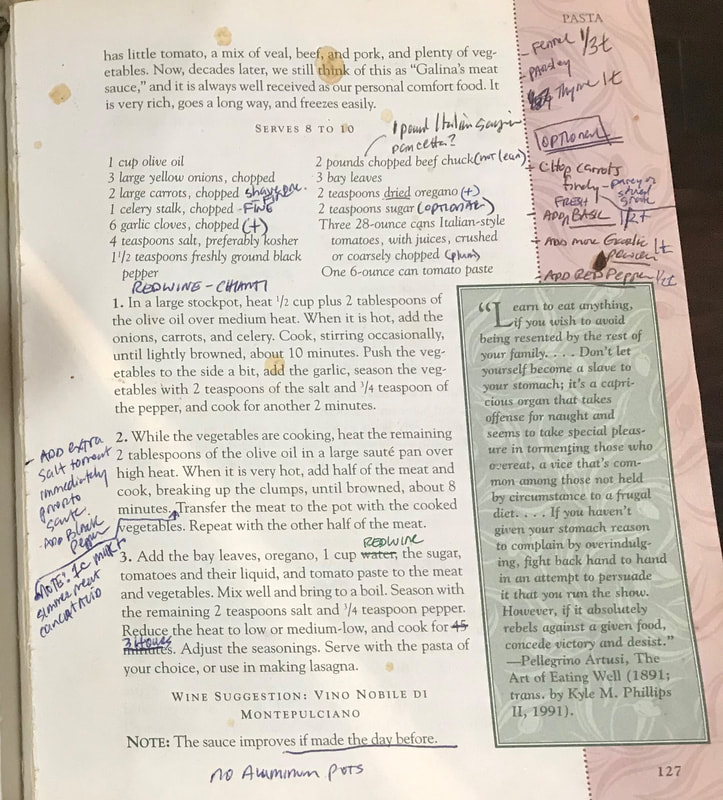
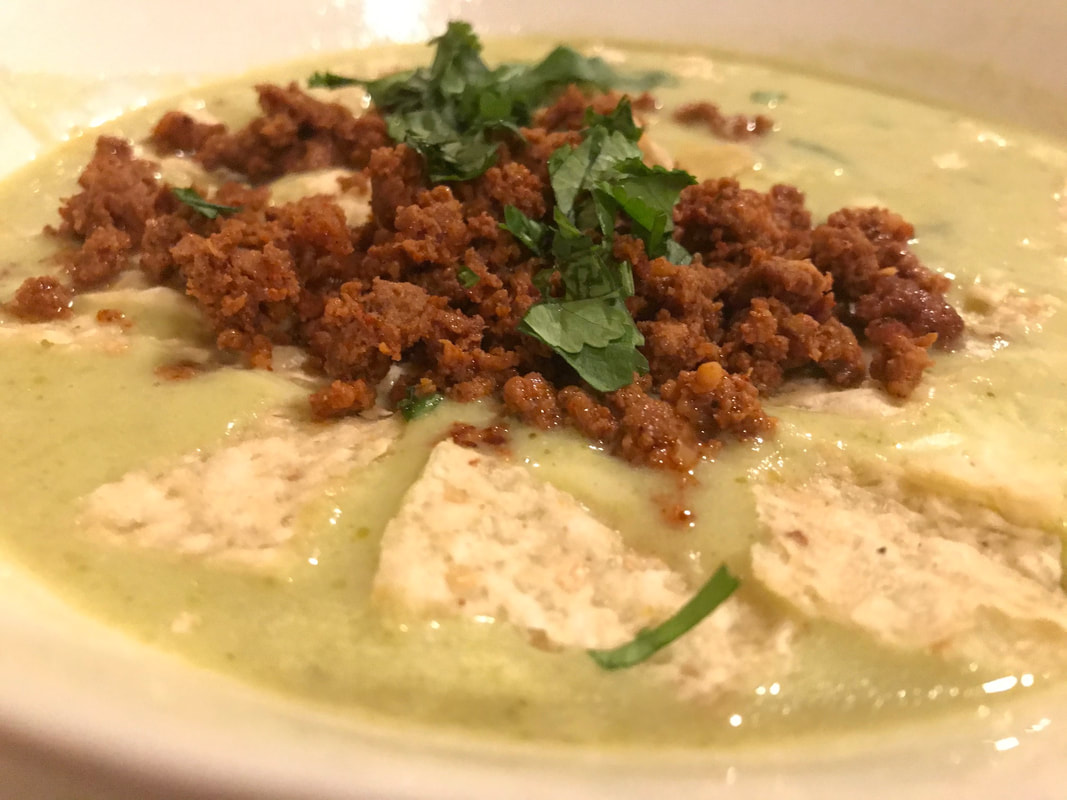
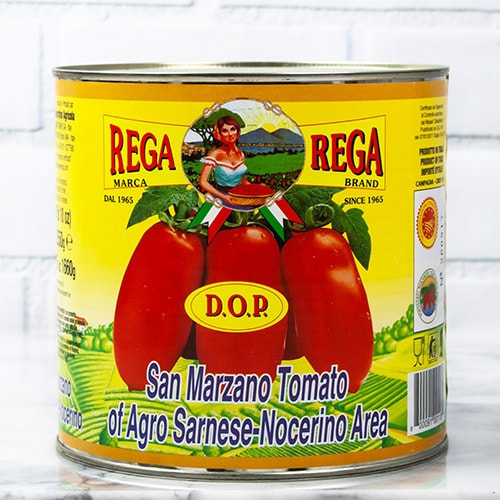

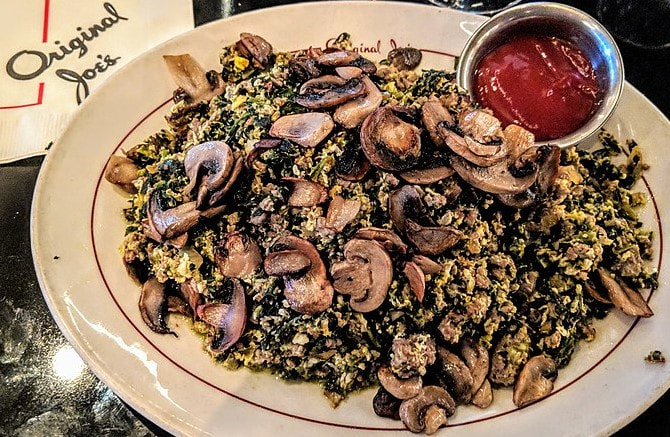
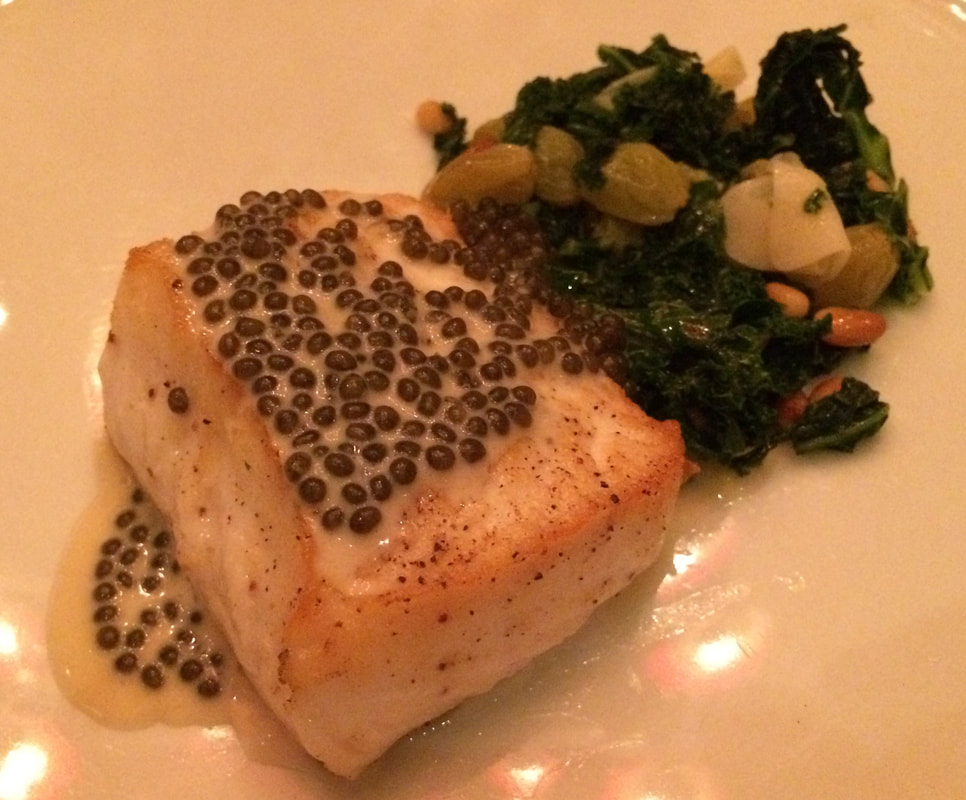
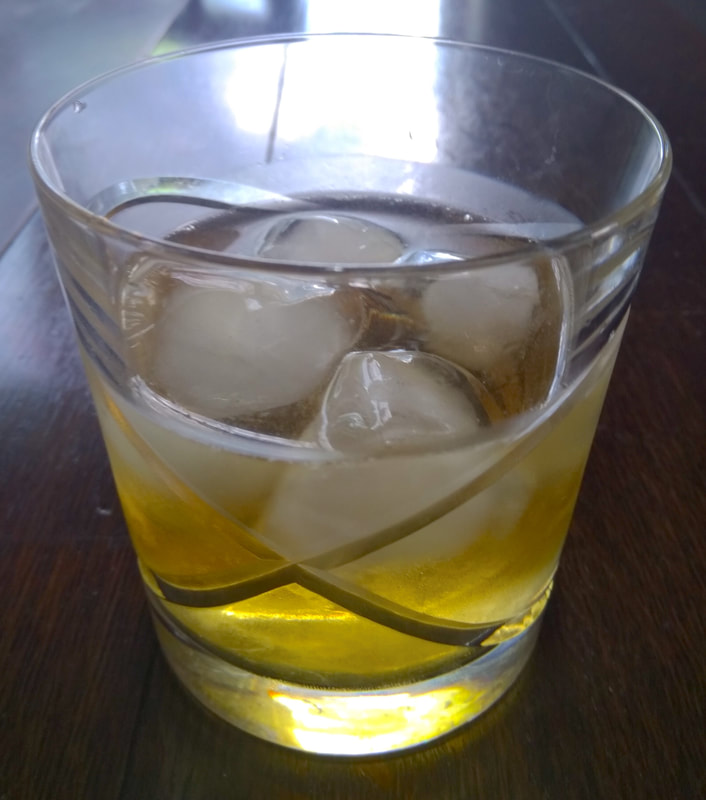
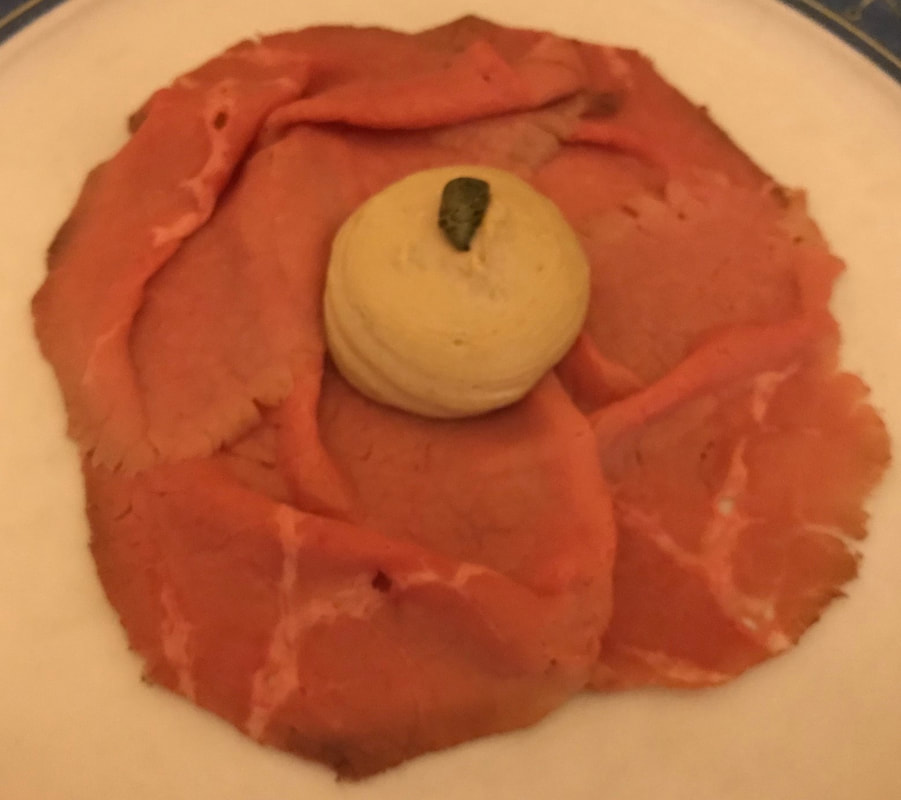
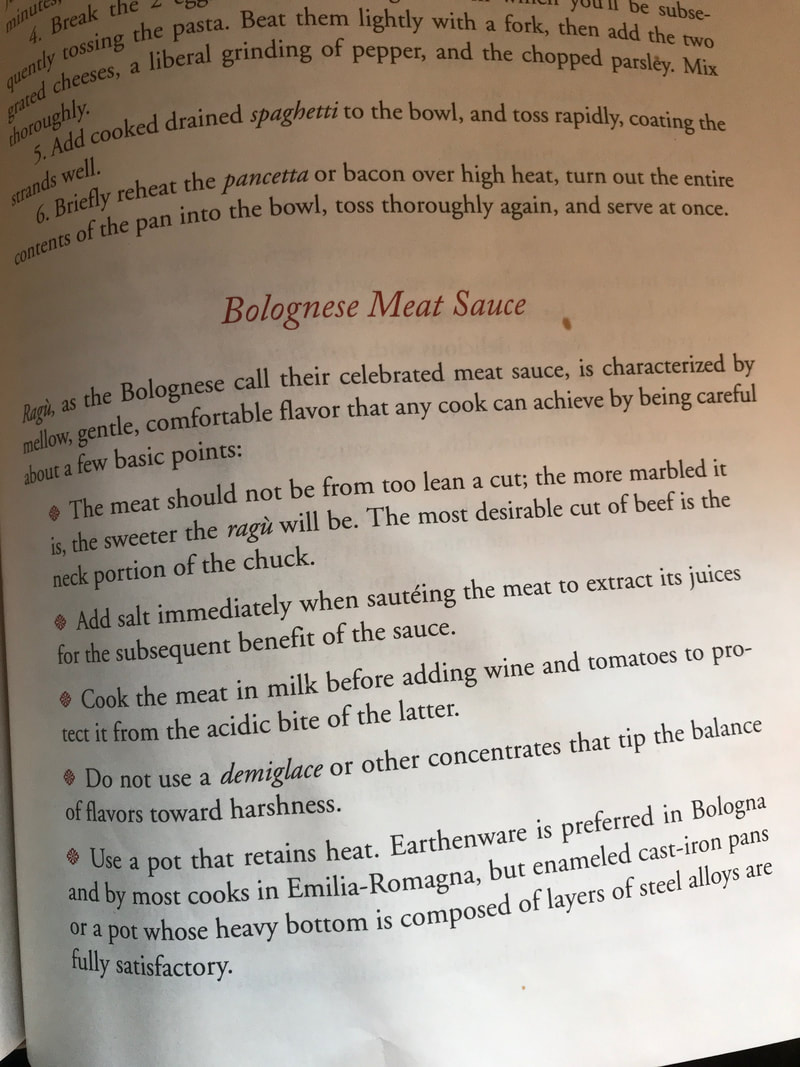
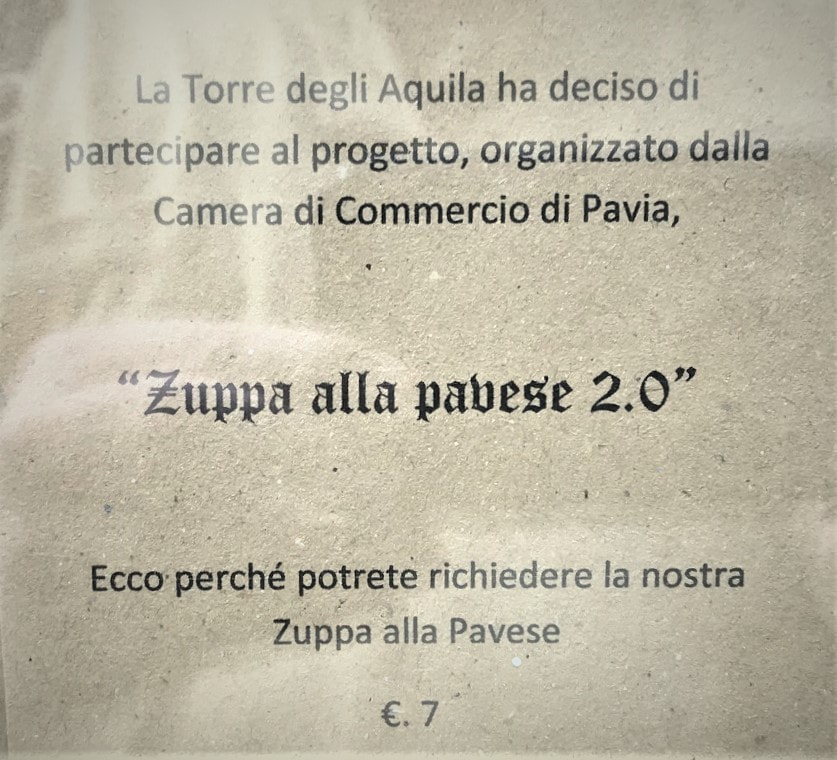
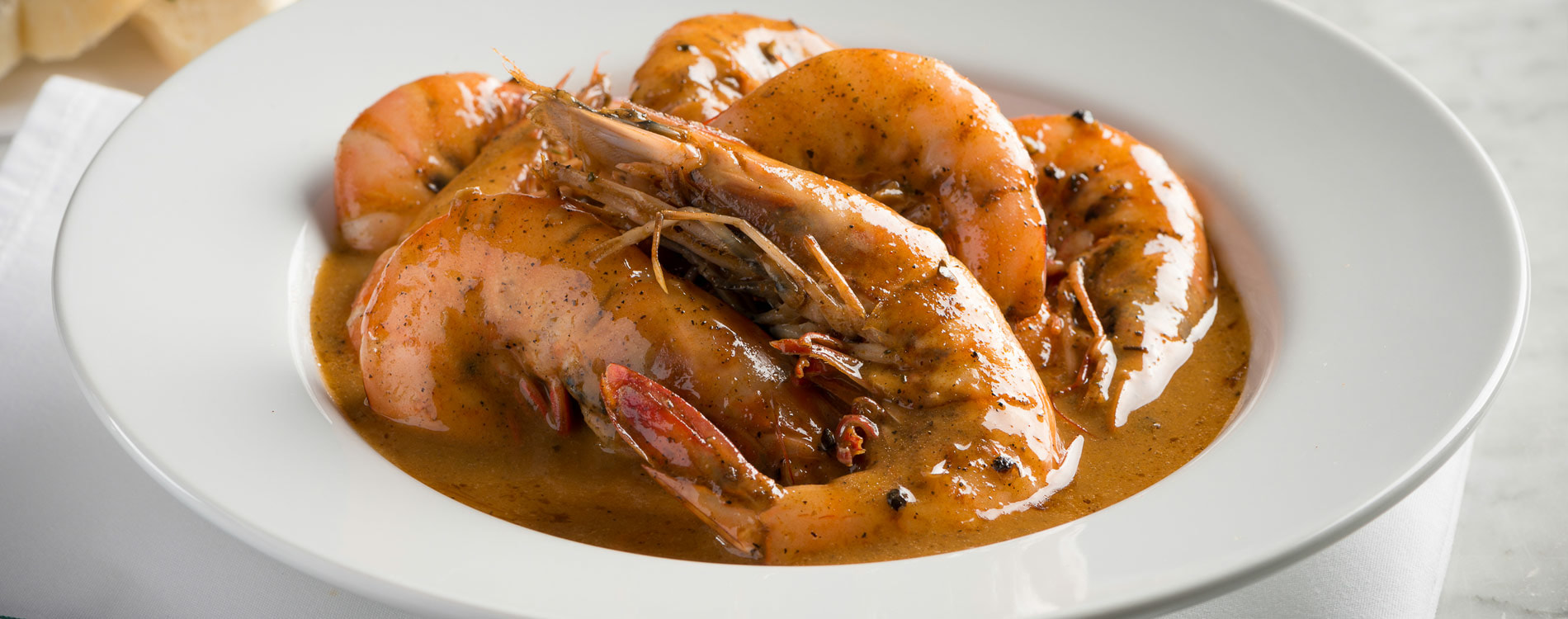
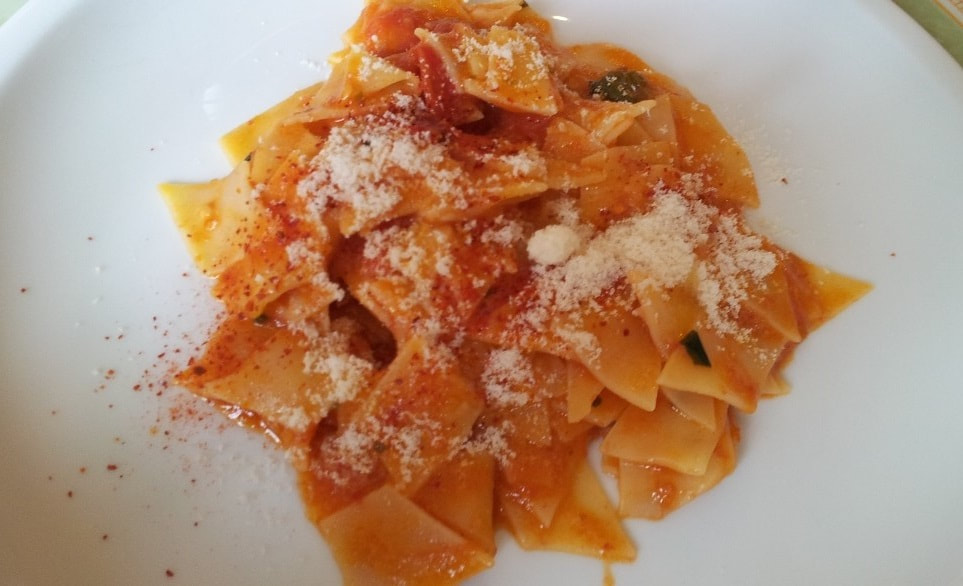
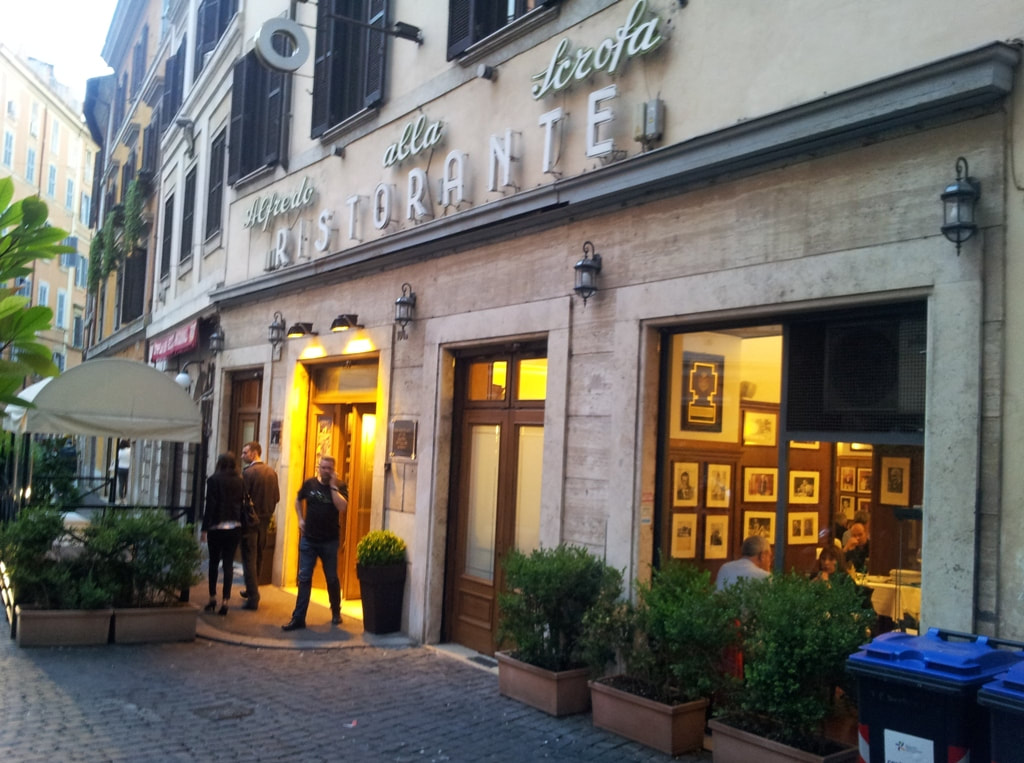
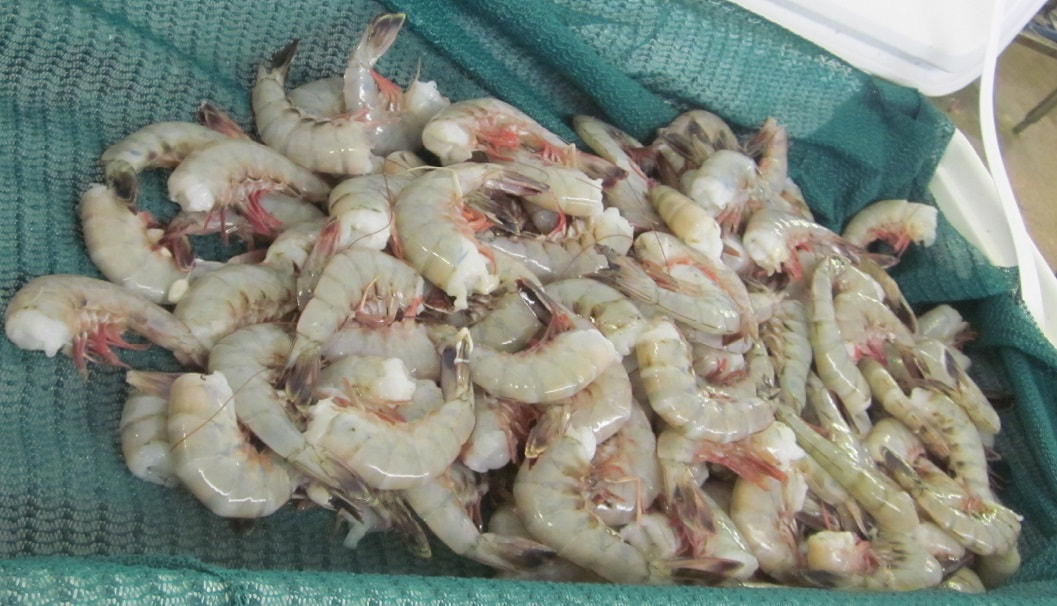
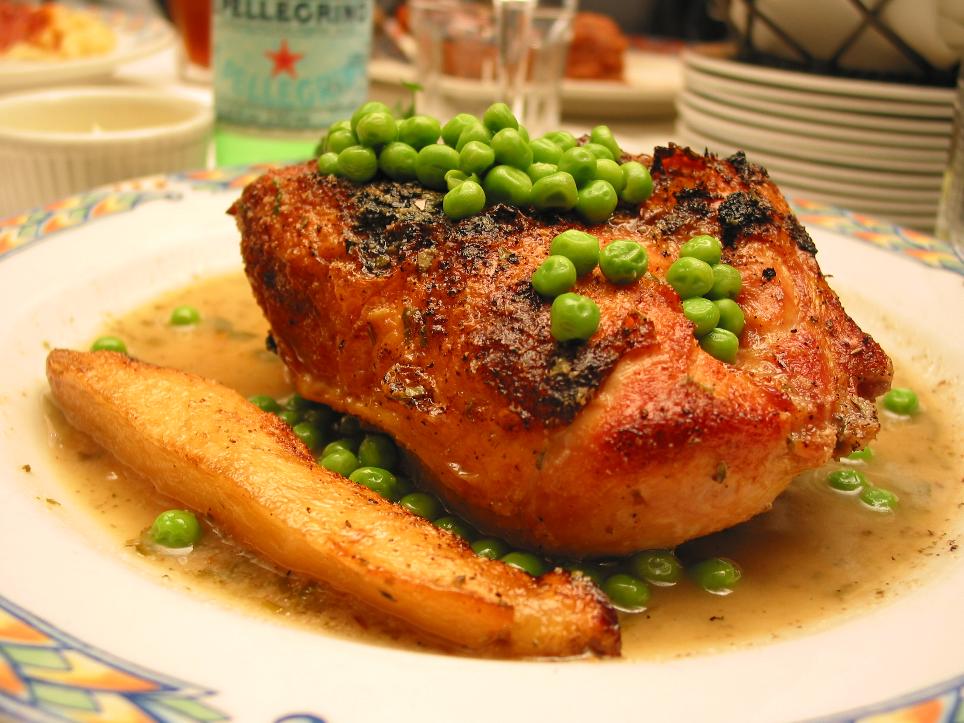
 RSS Feed
RSS Feed

